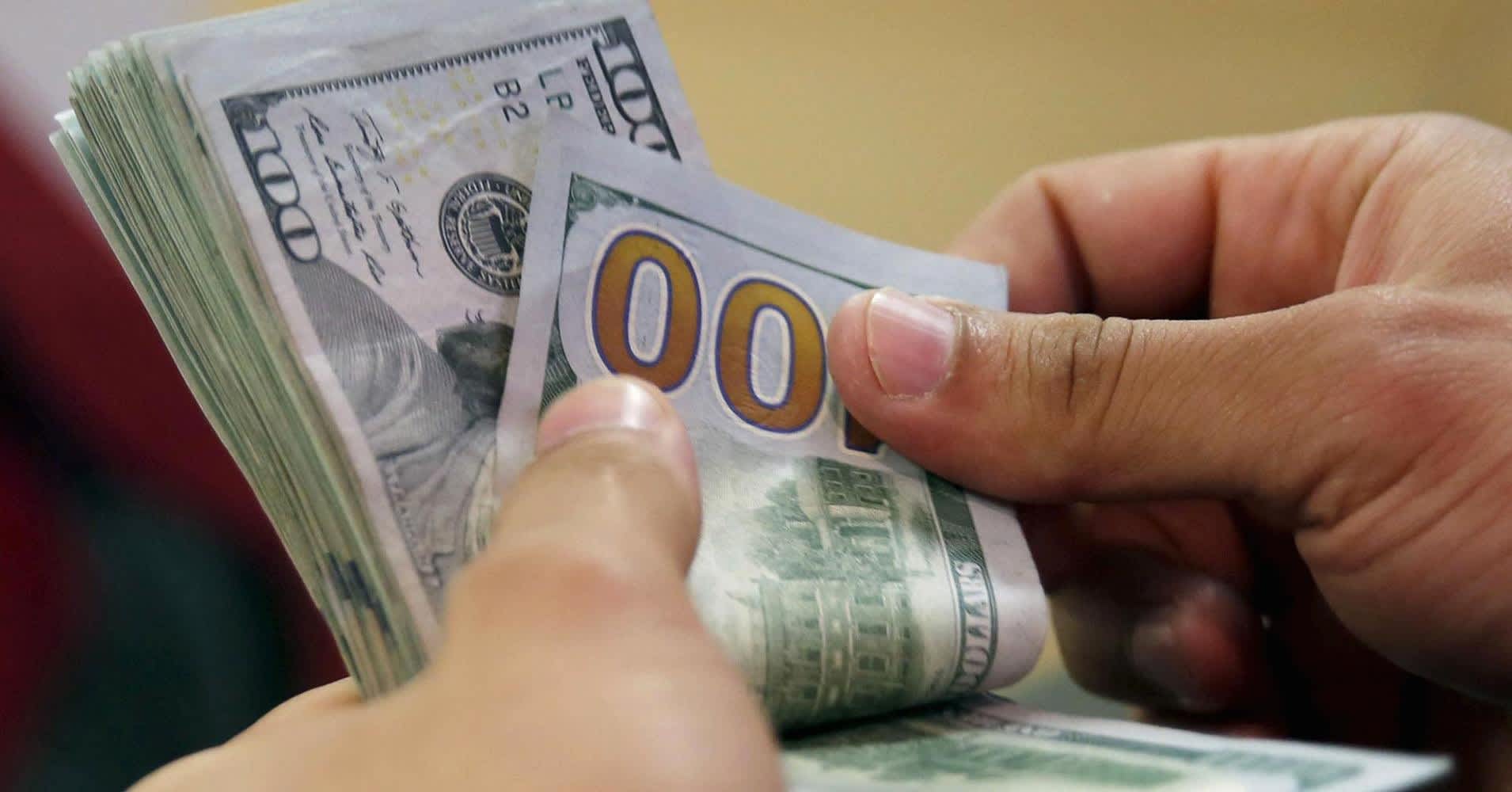You probably know you’re supposed to have money set aside for the unexpected.
Now, a new online tool may help you figure out exactly how much you need.
Created by the JPMorgan Chase Institute and based on its recent research about income volatility among U.S. households, the tool lets you sort by income and age to see how much cash should be set aside to weather a simultaneous income dip and spike in spending. It also shows how many households in those income and age groups are falling short and by how much.
“The average family doesn’t have enough of a buffer,” said Fiona Greig, director of consumer research for JPMorgan Chase Institute, which developed the tool. “Across the board, pretty much everyone has a gap between what they should have and what they do have.”
More from Personal Finance:
Why your credit score matters so much
Why some life insurance could prove risky for consumers
Even financially savvy savers are getting this wrong
The institute’s research, based on anonymized data from 6 million primary checking accounts at JPMorgan, shows that many families have dips in income and spikes in spending throughout the year. And if those two things happen at the same time, a cash cushion — which differs across income and age groups — would help them get through it rather than fall into financial trouble.
“We always think about savings as saving for something like an emergency but, in fact, people need savings just to manage their cash-flow picture,” Greig said.
“Maybe you worked fewer hours one month and had to buy a flight home for Thanksgiving,” she said. “What if those things happen at the same time?
“It’s not necessarily an emergency,” Grieg added. “I’d characterize it as volatility in both income and expenditures.”
Families generally need six weeks’ worth of pay to make it through that scenario, according to the institute’s research. It also shows that 65% of households lack the buffer needed to weather that.
For instance, the tool shows that families with annual income from $43,000 to $61,000, whose primary account holder is age 35 to 44, should have a minimum cash buffer of 5.9 weeks. That would translate into $4,967.
In reality, the actual cash buffer for that cohort is $1,954 — or a shortfall of $3,014.
The research also shows that income dips happen, on average, once every nine months and expenditures spike once every four months. The estimated incidence of them happening simultaneously is once every five and a half years.
